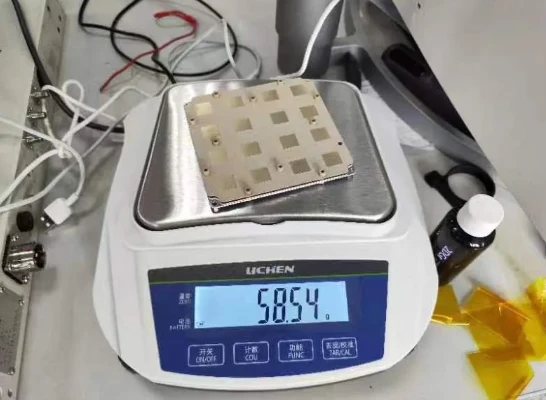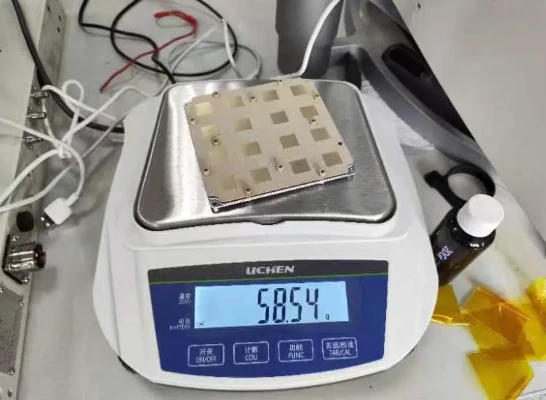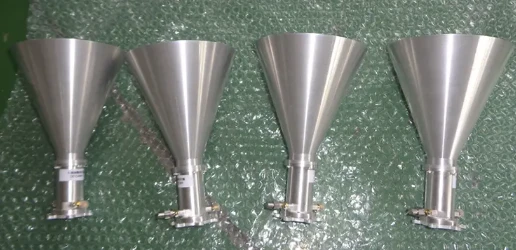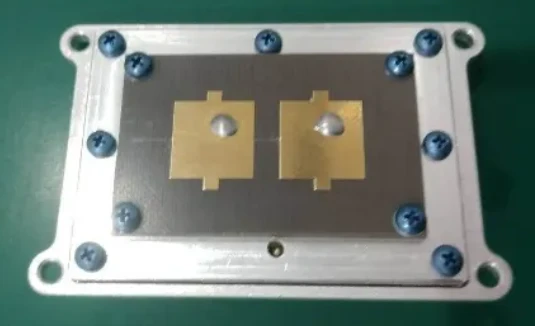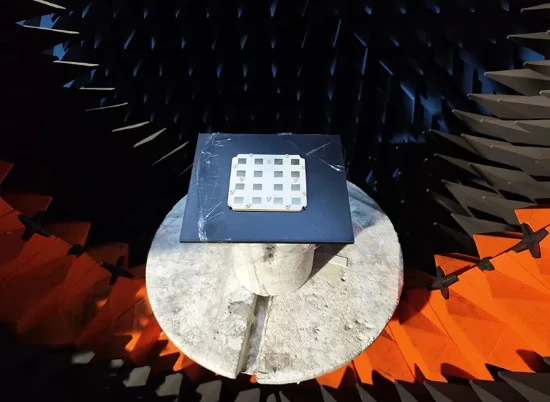
- አፍሪካዊ
- አልበንያኛ
- አማርኛ
- አረብኛ
- አርመንያኛ
- አዘርባጃኒ
- ባስክ
- ቤላሩሲያን
- ቤንጋሊ
- ቦስንያን
- ቡልጋርያኛ
- ካታሊያን
- ሴቡአኖ
- ቻይና
- ኮርሲካን
- ክሮኤሽያን
- ቼክ
- ዳኒሽ
- ደች
- እንግሊዝኛ
- እስፔራንቶ
- ኢስቶኒያን
- ፊኒሽ
- ፈረንሳይኛ
- ፍሪሲያን
- ጋላሺያን
- ጆርጅያን
- ጀርመንኛ
- ግሪክኛ
- ጉጅራቲ
- ሓይቲያን ክሬኦሌ
- ሃውሳ
- ሐዋያን
- ሂብሩ
- አይ
- ሚያኦ
- ሃንጋሪያን
- አይስላንዲ ክ
- igbo
- ኢንዶኔዥያን
- አይሪሽ
- ጣሊያንኛ
- ጃፓንኛ
- ጃቫኒስ
- ካናዳ
- ካዛክሀ
- ክመር
- ሩዋንዳኛ
- ኮሪያኛ
- ኩርዲሽ
- ክይርግያዝ
- የጉልበት ሥራ
- ላቲን
- ላትቪያን
- ሊቱኒያን
- ሉክዜምብርጊሽ
- ማስዶንያን
- ማላጋሲያ
- ማላይ
- ማላያላም
- ማልትስ
- ማኦሪይ
- ማራቲ
- ሞኒጎሊያን
- ማይንማር
- ኔፓሊ
- ኖርወይኛ
- ኖርወይኛ
- ኦሲታን
- ፓሽቶ
- ፐርሽያን
- ፖሊሽ
- ፖርቹጋልኛ
- ፑንጃቢ
- ሮማንያን
- ራሺያኛ
- ሳሞአን
- ስኮትላንዳዊ ጌሊክ
- ሰሪቢያን
- እንግሊዝኛ
- ሾና
- ስንድሂ
- ሲንሃላ
- ስሎቫክ
- ስሎቬንያን
- ሶማሊ
- ስፓንኛ
- ሱዳናዊ
- ስዋሕሊ
- ስዊድንኛ
- ታንጋሎግ
- ታጂክ
- ታሚል
- ታታር
- ተሉጉ
- ታይ
- ቱሪክሽ
- ቱሪክሜን
- ዩክሬንያን
- ኡርዱ
- ኡጉር
- ኡዝቤክ
- ቪትናሜሴ
- ዋልሽ
- እገዛ
- ዪዲሽ
- ዮሩባ
- ዙሉ
Achieving Wideband Efficiency With Broadband Microstrip Antenna And TV Transmission Systems
In the fast-evolving world of wireless communication, the need for antennas that deliver high efficiency, wide bandwidth, and design flexibility is greater than ever. From compact devices powered by broadband microstrip patch antennas to large-scale broadcasting through TV transmission antenna systems, today’s communication infrastructure depends on antenna technology that is both powerful and adaptable.
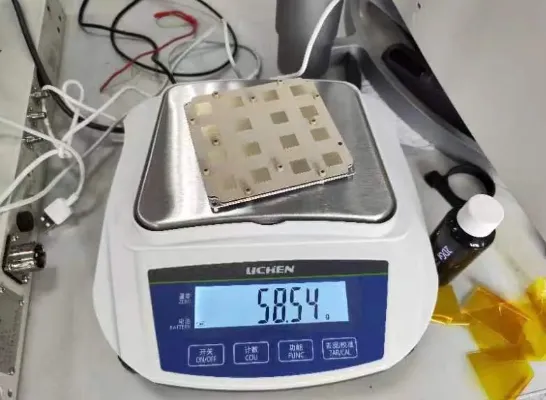
Whether deployed in urban broadcast towers or embedded into next-gen consumer electronics, both broadband microstrip antenna designs and traditional transmission antenna systems serve critical roles in global connectivity.
Broadband Microstrip Antenna: Expanding Wireless Capabilities
The broadband microstrip antenna is engineered to operate over a wide frequency range, making it highly versatile for multi-band and high-speed communication systems. Unlike standard narrowband patch antennas, broadband microstrip patch antennas are designed with modified shapes, multiple dielectric layers, or stacked configurations to increase bandwidth without compromising radiation efficiency.
These antennas are ideal for applications such as 5G modules, UAVs, automotive radar, and wireless networks where broad spectrum access is essential. Their compact, planar structure also allows for easy integration into printed circuit boards, reducing space and weight while maintaining high-performance communication.
With the rise of data-heavy systems and interconnected devices, the broadband microstrip antenna offers the reliability and scalability engineers need for future-proof designs.
TV Transmission Antenna: High-Power Signal Delivery For Broadcast
While microstrip designs dominate compact device engineering, the TV transmission antenna remains fundamental to terrestrial broadcasting. Designed for high power and long-range signal transmission, these antennas are commonly installed on tall masts or towers to broadcast television content over vast areas.
The structure of a TV transmission antenna is optimized for VHF and UHF frequencies, supporting both analog and digital broadcasting systems. Whether used in metropolitan broadcast centers or rural relay stations, these antennas provide consistent coverage and high signal integrity, ensuring that viewers receive clear, uninterrupted content.
Despite their size and power demands, TV broadcast antennas have benefited from advancements in materials and tuning techniques, enabling more compact and energy-efficient versions.
Bridging Broadcast And Embedded Communication With Hybrid Antenna Systems
The integration of transmission antenna systems with modern microstrip solutions like the aperture coupled microstrip antenna and 2.4 GHz microstrip patch antenna offers exciting opportunities for hybrid networks. For example, a smart city project may utilize radio transmission antennas for large-scale alerts and public broadcasting, while microstrip antennas embedded in IoT devices monitor infrastructure in real time.
These combined systems ensure that communication is not only broad and far-reaching, as enabled by TV transmission antennas, but also precise and localized, thanks to microstrip technologies. In environments where bandwidth, mobility, and multi-device interaction are vital, such hybrid approaches are increasingly essential.
The circular microstrip patch antenna and broadband microstrip patch antenna especially offer enhanced polarization, low cross-talk, and flexibility in compact design—further improving communication within integrated systems.
In today’s communication landscape, no single antenna type fits all. The high-power, wide-coverage capabilities of the TV transmission antenna are indispensable for broadcasting, while the compact, frequency-flexible broadband microstrip antenna meets the demands of modern embedded and mobile systems.
By leveraging innovations such as aperture coupled microstrip antennas, 2.4 GHz microstrip patch antennas, and circular microstrip antennas, designers can create efficient, hybrid systems capable of supporting a wide range of applications—from entertainment broadcasting to smart infrastructure.
Choosing the right antenna technology isn’t just a design decision—it’s a critical component of system performance, scalability, and long-term success.






